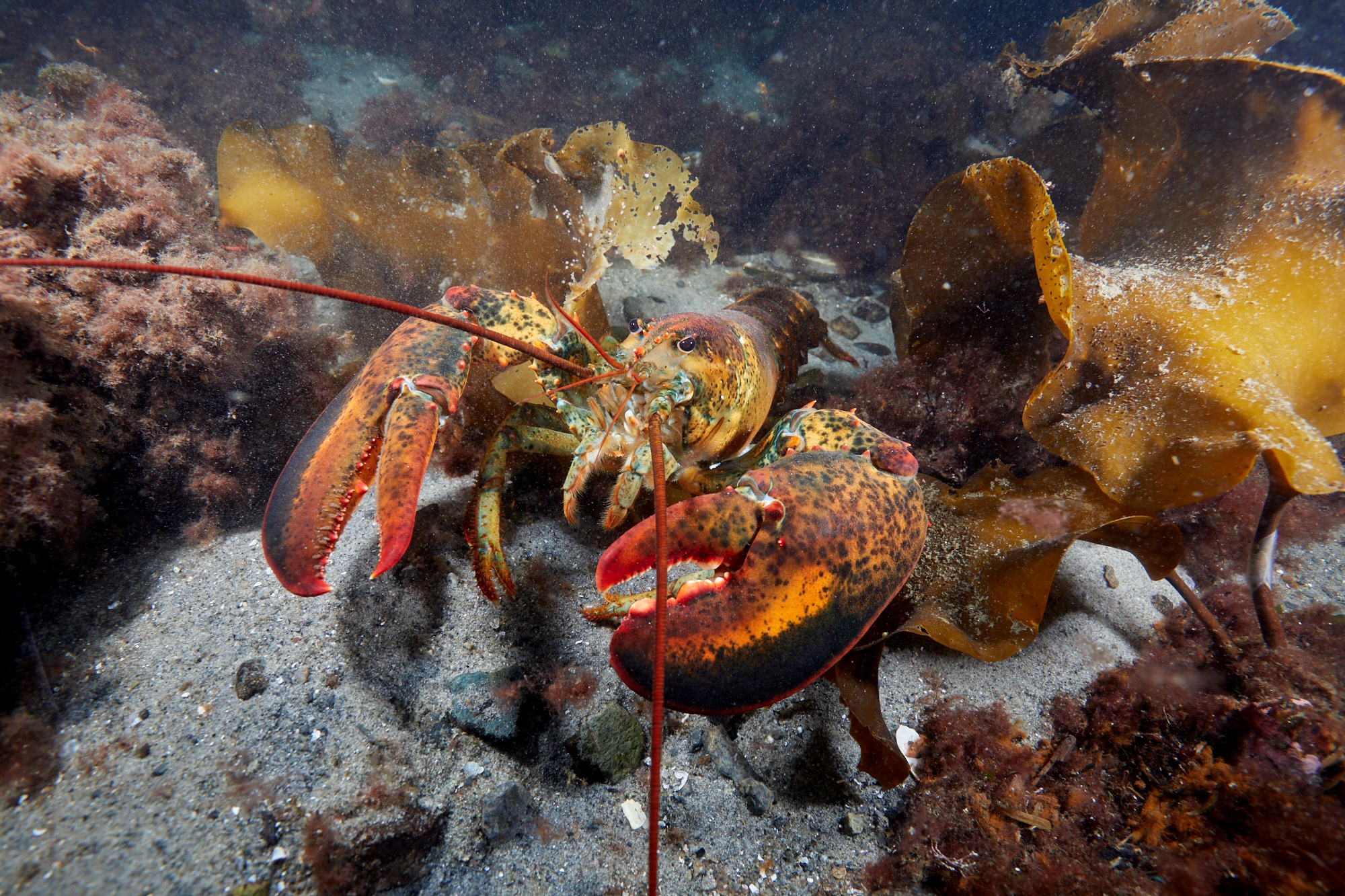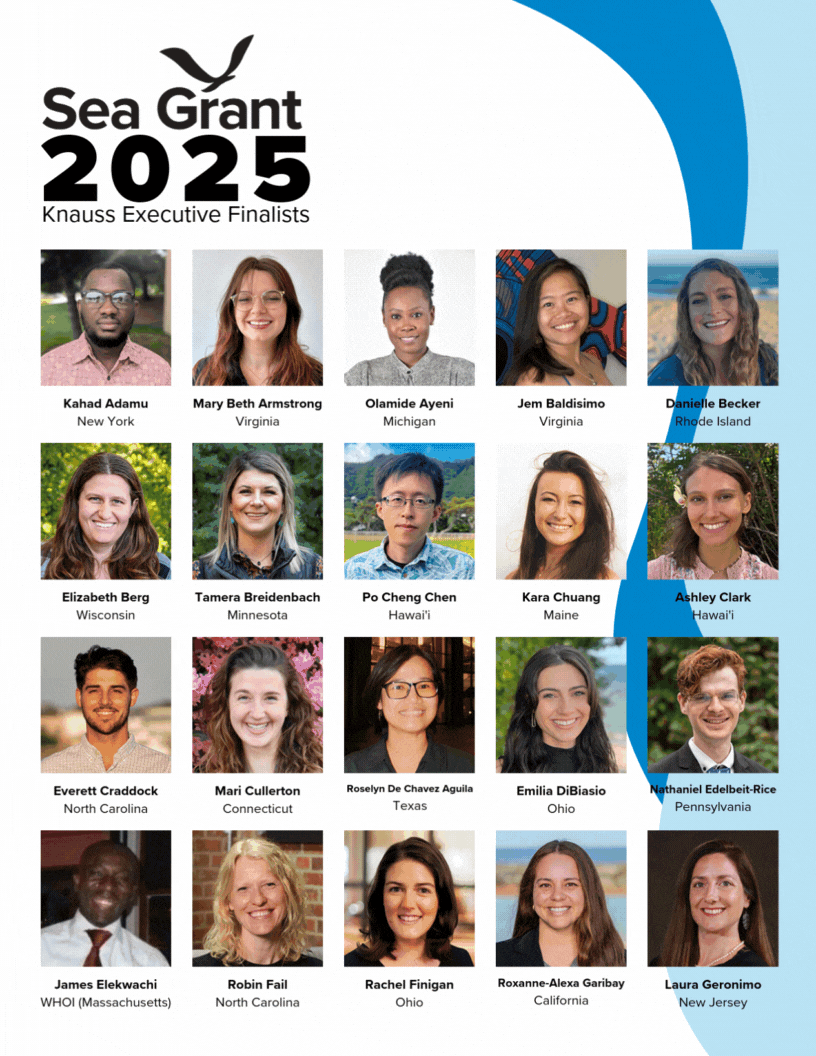Written by Genie Bey, originally posted at NOAA Office of Education
Over a year ago, I packed my belongings and moved from Long Beach, California, to Washington, D.C. to get firsthand experience working in the federal government as a Sea Grant Knauss Marine Policy Fellow. Embarking upon my year, I knew one thing for sure: it was bound to be full of surprises. I’ve learned a number of important lessons this year about NOAA’s role in advancing the human dimensions of coastal, atmospheric, and marine sciences.
Lesson 1: Education plays a critical role in broader resilience planning.
My graduate work exploring how green infrastructure could be used as an equitable climate resilience strategy made me realize that we need broader efforts to engage community members in climate action planning. My interest in this need landed me in the Office of Education, an office that is doing exactly that through their Environmental Literacy Program grants.
I spent most of my fellowship focused on developing a narrative and roadmap for social change — a “theory of change” for resilience education. I started by examining funded projects from previous grant competitions and highlighted strategies that led to successful outcomes. And there were a lot of successes! ELP’s investments have helped equip community members with the necessary knowledge and skills to participate in local climate planning. Our theory of change shows the positive social and environmental impact that this work can have.
Lesson 2: Youth really are agents of change.
Over the summer, I attended a Youth Climate Summit in Brooklyn, New York, hosted by the Resilient Schools Consortium (RiSC), one of NOAA’s ELP grantees. RiSC engages students and educators from six middle and high schools that were directly impacted by Superstorm Sandy. The students lead projects and develop resilience plans that aim to reduce their school’s vulnerability to climate-related impacts.
The youth involved in this project were an inspiration. They were not only knowledgeable about the science behind the environmental challenges facing their communities, but also confident in presenting their resilience plans to practitioners from the City of New York and officials from the New York City Department of Education. RiSC has led to education and climate literacy strategies being included in the OneNYC Plan, and has made local youth valuable partners in the climate resilience planning process in New York City.
Lesson 3: There is power in language.
The impacts of climate change are unevenly distributed, with low-income communities and communities of color often facing highest exposure to these challenges. Many ELP grantees, like others in the field, recognized that community resilience ultimately cannot be achieved without engaging all members of a particular community, especially those who have been historically marginalized.
We chose to prioritize this concept by changing the language in our 2020 ELP federal funding opportunity, both in the competition description and in the application review criteria. With my background in equitable climate planning, I worked with others on the team to incorporate principles of environmental justice and encourage applicants to partner with community-based organizations. As a result of the changed language, we received proposals for projects aiming to engage underserved groups and many applications from community-based organizations that focus on social and environmental justice. I got to see firsthand how language can be either inclusive or exclusionary and how requests for proposals are tools that can be used to influence progress in a particular field.
Lesson 4: Justice and diversity are outcomes of practices that are inclusive and equitable.
Diversity, equity, and inclusion (DEI) are becoming increasingly prioritized in professional spaces, and many agencies, organizations, and professional associations designate committees and higher positions to focus solely on increasing DEI within their networks. Before starting my fellowship, I had understood these terms from an academic and community organizing perspective, but hadn’t been exposed to how they were being discussed in professional settings. Over the course of the year, I noticed that the terms diversity, equity, and inclusion were being used interchangeably, and were losing their distinct meanings as a result. Thinking about the terms separately is necessary to understand how they fit together: I realized that justice and diversity are outcomes of practices that are inclusive and equitable.
As a member of the Knauss DEI committee, I worked with others to make recommendations to the National Sea Grant Office for ways to recruit more diverse fellowship applicants. We also collected demographic data of the cohort and authored a summary report which we hope will be used to inform future efforts to increase DEI in the fellowship.
Lesson 5: Learning from my Knauss cohort was just as rewarding as learning from leadership.
The Knauss Fellowship encourages informational interviews and “shadowing” NOAA leadership throughout the year, exposing fellows to the variety of leadership styles throughout the agency. However, what I have learned most this year I can attribute to my fellow fellows. The 60 fellows in my cohort hailed from coast to coast, as well as Puerto Rico and Guam, each with the common interest of using coastal and marine sciences to inform sound policy at the national level. Each of us came into the fellowship year with different expertise, and each of us applied that knowledge in new ways. Being a part of such an enthusiastic and driven group has taught me a great deal about leadership, professionalism, and teamwork, and for that I am forever grateful.
Genie Bey was a 2019 Knauss Fellow from USC Sea Grant. She now supports NOAA’s Office of Education as an education and grants specialist with TechGlobal, Inc.
The John A. Knauss Fellowship is administered by the National Sea Grant College Program. The fellowship brings graduate students with an interest in ocean, coastal, and Great Lakes resources and policy to the Washington D.C. area for a year-long paid experience. Visit Sea Grant for more information.


